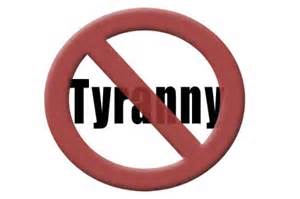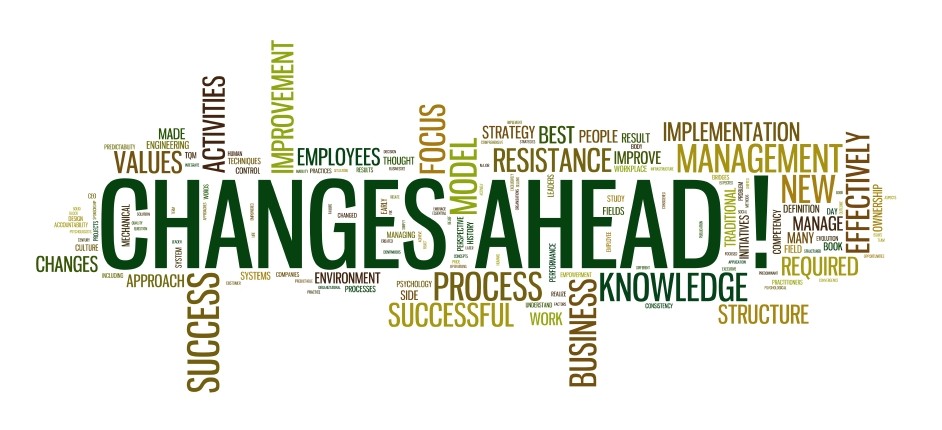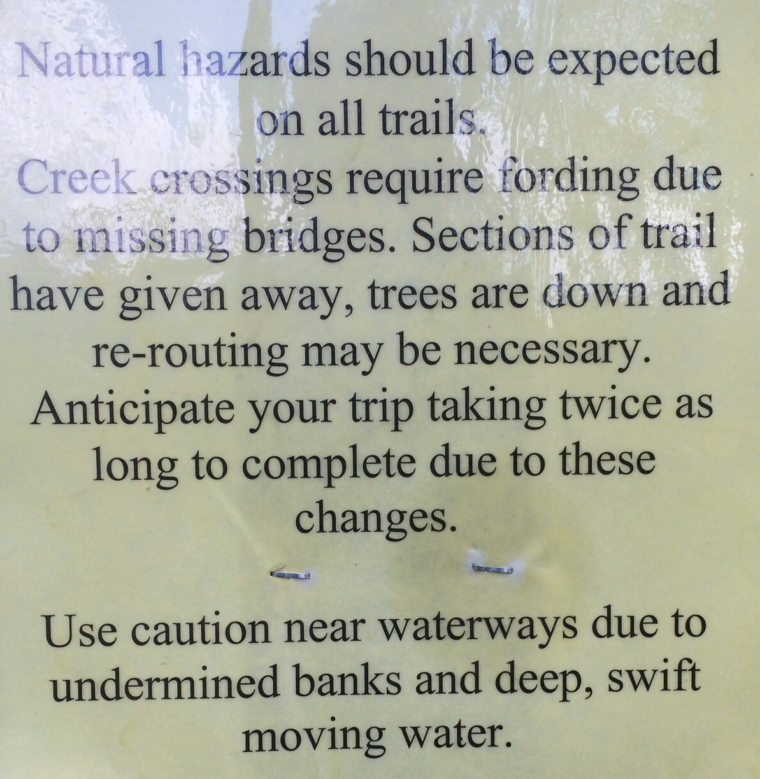In 1966, Alfred E. Kahn wrote an essay entitled “The Tyranny of Small Decisions.” Khan was an economist and his essay was predominately focused on economics. However, the concept defined in the essay applies to each of us and can profoundly impact business and business leaders.

So what is the tyranny of small decisions? In a nutshell, it is what results when a person, group of people, business or organization make a number of small decisions over a period of time. These decisions are not bad decisions on their own but, taken together over a period of time, the result of the decisions are diametrically opposite from the outcome desired.
For instance, take the super busy executive running his business day to day without a clear set of values or a defined vision, mission and goals. This person is going to make decisions each day that seem correct and make sense at that moment but the sum of these decisions could add up to a disaster over the long term. Without the long term view of the business and a proper focus on what is to be achieved, the executive will make “firefighting” decisions that may take care of the issues at hand but destroy the business overall.





